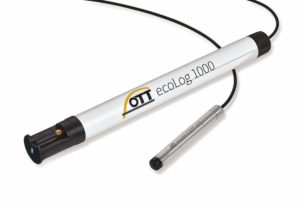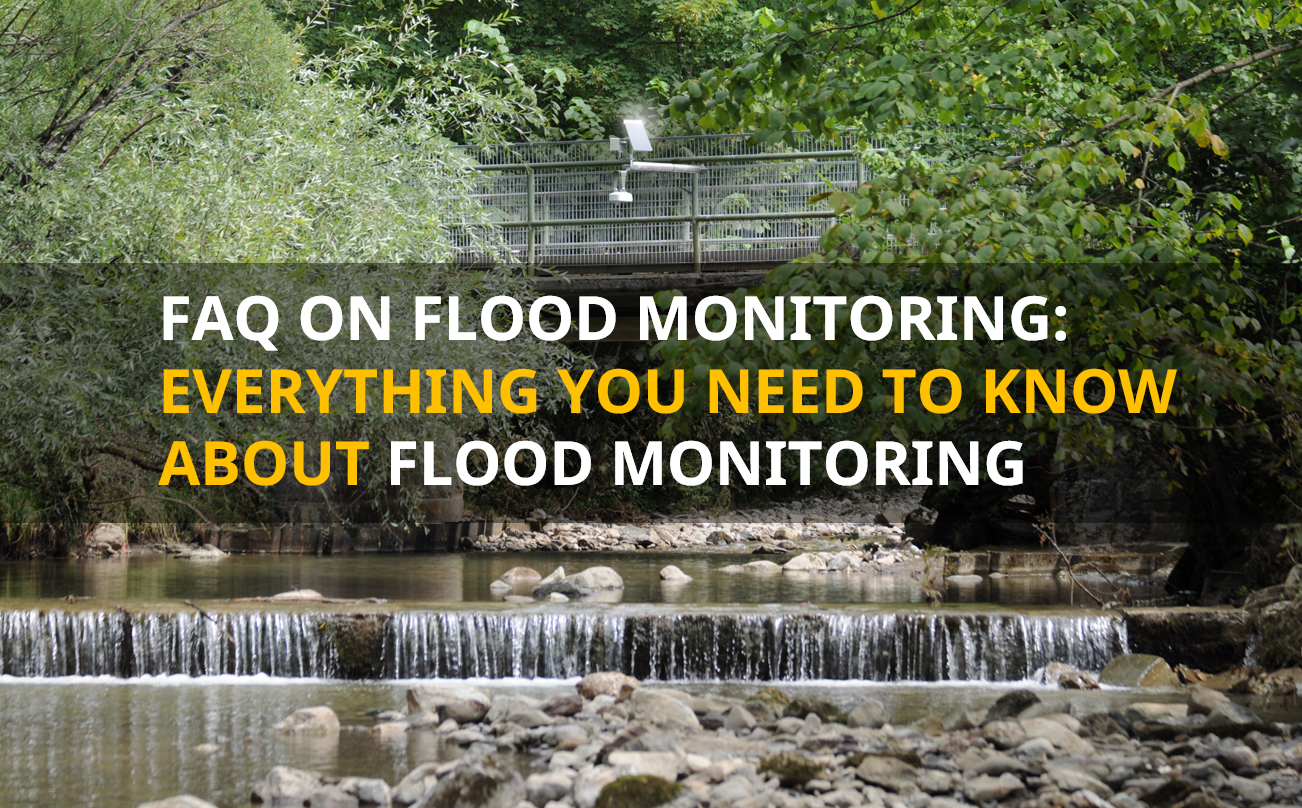Monitoring the conductivity of groundwater and surface water is an essential task for maintaining the quality and safety of our water resources. Continuous monitoring of conductivity can help identify long-term trends and seasonal variations in water quality, which are used to predict changes in water availability and quality over time. This can aid in the development of effective management strategies to ensure the sustainability of our water resources.
What is water conductivity?
Water conductivity is a measure of how well a water sample can transmit an electrical current measured in Siemens per meter (S/m). It is an important water quality parameter that can provide information about the presence and concentration of various ions in water.
| Solution | Conductivity |
|---|---|
| Deionized water | 0.05 μS/cm at 25 °C |
| Typical drinking water | 200–800 μS/cm |
| Sea water | 50,000 µS/cm or 50 mS/cm |
How do you measure conductivity in water?
There are various methods for measuring conductivity in surface and groundwater, ranging from grab sampling to sophisticated systems. Some of the most commonly used methods include:
- Collecting water samples in the field and returning to the lab to analyze
- Spot checking with handheld meters by submerging a probe into a body of water
- Continuous monitoring with an installed sensor paired with a datalogger to record and transmit the data
Why monitor conductivity?
By collecting and analyzing water conductivity data, scientists, engineers, and resource managers can better understand and manage water. Conductivity data can be used to assess the quality of water for drinking and irrigation, to:
- Identify the types of minerals present in the water
- Monitor changes in water over time
- Detect contamination from sources such as agricultural runoff, industrial discharges, and sewage
What does water conductivity data tell us?
Conductivity data is fundamental to the derived water quality parameters of total dissolved solids (TDS) and salinity. By taking measurements of conductivity we gain further insight into the unique chemical dynamics of a water system. Continuous monitoring of TDS and salinity levels in groundwater and surface water is done for multiple applications.
Saltwater Intrusion
As TDS and salinity increase in a system, so does conductivity because compounds like dissolved salt (NaCl) conduct electricity. Saltwater intrusion is a common process that can alter water quality in freshwater aquifer systems. Saltwater intrusion is influenced by:
- Groundwater pumping in coastal areas
- Water movement up drainage channels
- Sea level rise as a result of climate change
- Hurricane storm surge
Runoff Contamination
Surface water runoff can significantly impact groundwater quality. Contaminants such as fertilizers, pesticides, and other chemicals like road salts can enter surface water sources and ultimately infiltrate groundwater, leading to pollution of aquifers. Monitoring the conductivity of surface water sources can help identify potential pollution sources.
All in all, continuous monitoring of conductivity, TDS, and salinity levels can help identify saltwater intrusion, surface water pollution, and long-term trends in water quality. By utilizing this information, we can take proactive measures to maintain the safety and sustainability of our water supply for generations to come.
Conductivity measurement capabilities are now available with the OTT ecoLog 1000, an all-in-one water level logger and telemetry solution.

Photo from Maksim Shutov on Unsplash




